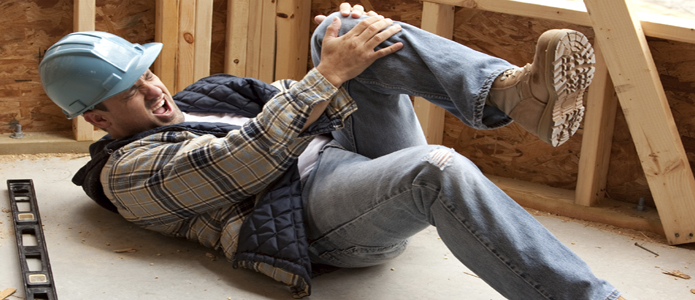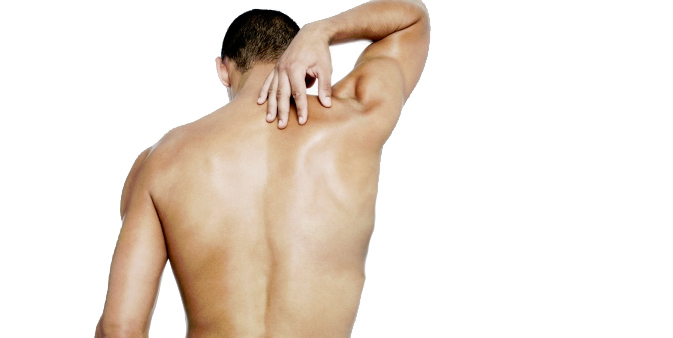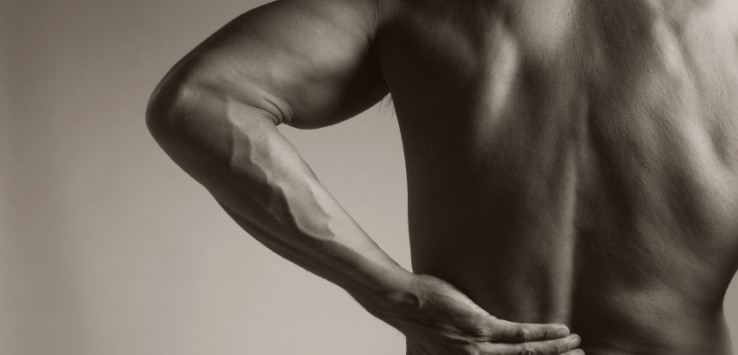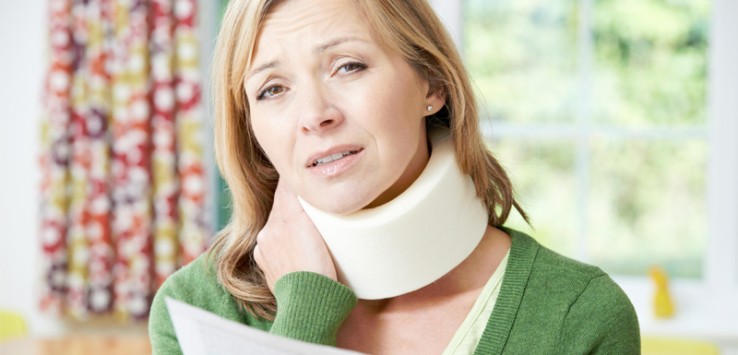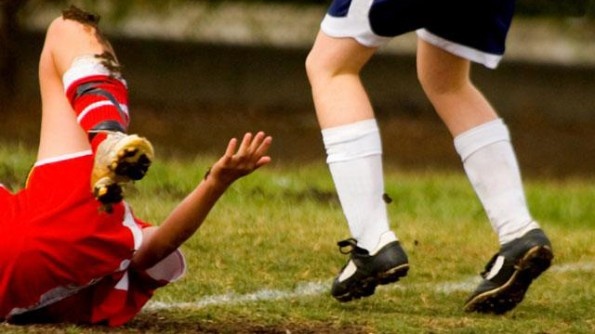Often neck pain is due to wear and tear of the joints which is the result of some form of injury or the result of postural problems. This is also often associated with muscle imbalance, with some muscles becoming tight and overactive whilst others become weak and long.
The neck is a complex structure made up of seven bones called vertebrae. These vertebrae are separated from each other by discs which are stabilised by joints and ligaments and moved by muscles. The neck supports the head and is a very mobile structure and because of this, it can be damaged easily. Injuries and postural problems are the most common causes of neck pain, however arthritis and degeneration can also cause neck pain.
Injury
Neck injuries can be a result of motor vehicle accidents, sports or occupational accidents. Damage may occur to vertebrae, joints, nerves, discs, ligaments and muscles. The most common neck injury is the acceleration/deceleration injury, better known as ‘whiplash’ where the head is thrown forward or backward.
Posture
Bad posture can cause neck pain. Ligaments are over-stretched, muscles become tired and the neck joints and nerves are put under pressure. Slouching your shoulders with your head pushed forward, sleeping with your head in an awkward position, or working with your head down for long periods, will all tend to cause or worsen neck pain.


